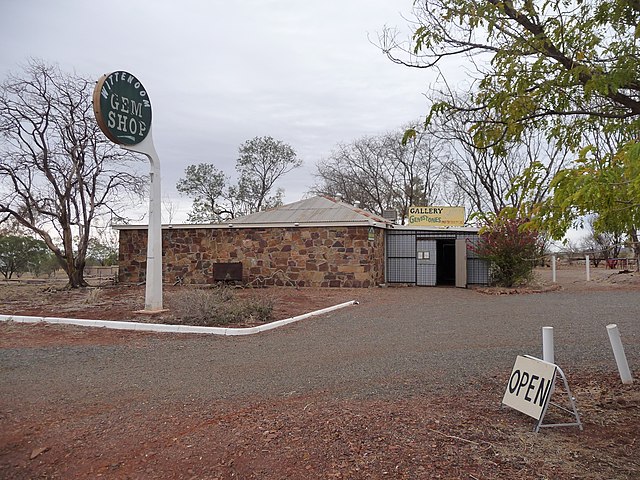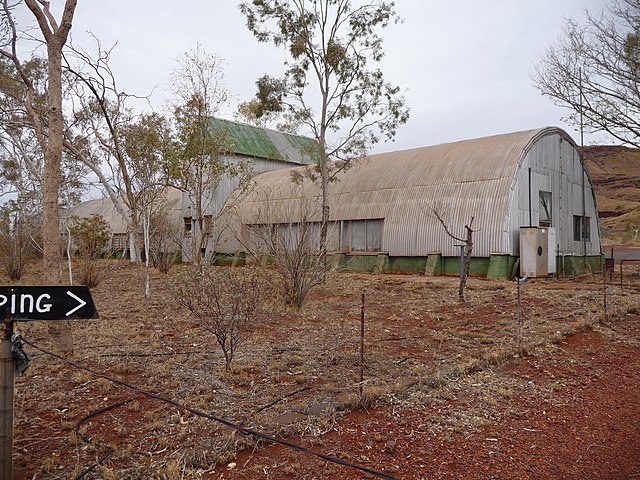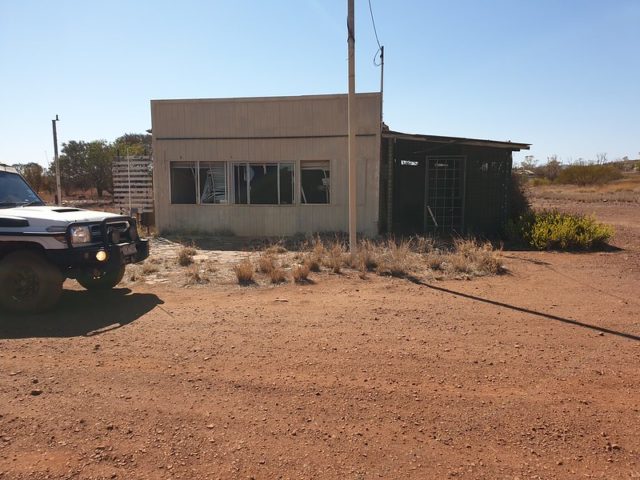Located 1,400 miles northeast of Perth, Australia lies Wittenoom, a former blue asbestos mining town that has since been dubbed the “largest contaminated site in the Southern Hemisphere.” Despite signs warning people to keep away, thousands of tourists visit each year, much to the risk of their own health.
Blue asbestos is discovered in the area
Up until the 1930s, the area surrounding Wittenoom was largely pastoral – that is, until Langley Hancock discovered blue asbestos crocidolite in an area gorge, on the Mulga Downs property. Now known to be the most dangerous type of asbestos, it was typically used in rope lagging and pipe insulation, as well as in cement sheets and for fire-proofing ceiling tiles.


Hancock showed samples of the blue asbestos to Walter Leonard and Islwyn Walters, who were mining white asbestos at Nunyerrie and Lionel. After learning how much money he could make from the mineral – £70 per ton – Hancock immediately laid claim to the area. He named it Wittenoom Gorge, after Frank Wittenoom, his partner at Mulga Downs.


In 1943, the Colonel Sugar Refining Company (CSR), through its subsidiary, purchased both the Wittenoom and nearby Yampire mines, closing the latter that same year. To accommodate the miners working in the gorge, a tent city was erected one kilometer from the mill. While the majority of men lived in tents, employees with more important roles and titles resided in houses.
By 1947, there were up to 200 miners carrying out operations at Wittenoom Gorge.
The town of Wittenoom is founded
To increase the mining of blue asbestos, the CSR approached the government for assistance in establishing a town seven miles from the Wittenoom Gorge mine. The government agreed to supply equipment and resources for the construction of housing and a sustainable water supply, a post office, a hospital, a police station and a school. It also agreed to lay down a road connecting the town to the gorge.
The CSR supplemented these efforts, agreeing to build a general store, a butcher shop and bakery, a hotel, a cafeteria and café, a library and employee amenities.


The town was built in 1947, and a year later was named Wittenoom. In 1951, the name was changed to Wittenoom Gorge and remained that way for 23 years, after which it was changed back to Wittenoom.
During the 1950s, Wittenoom was the area’s largest settlement, with a peak population of 280 females and 881 males in 1961. Over the course of its mining and milling operations, an estimated 20,000 came and went from the town, drawn by the mine’s success. For over a decade, Wittenoom was the only supplier of blue asbestos in Australia, exporting 150,000 tons.


In 1966, the Wittenoom Gorge mine was closed due to unprofitability and increasing concerns over the health of miners. The following year, Australia banned the mining of blue asbestos. Of those who worked and resided in the town, over 2,000 have since died from illnesses caused by asbestos, including lung cancer, asbestosis and mesothelioma.
A contaminated ghost town in Western Australia
At present, Wittenoom no longer receives government services, with it having been removed from the power grid in June 2006.
That same year, a report was released by consultants with Parsons Brinckerhoff and the GHD Group, which found a continuing risk to both residents and visitors of the town. Blue asbestos was discovered in the ground and air, and an independent auditor who reviewed the report recommended the area be classified as “Contaminated – Remediation Required,” which it was in January 2008, under the Contaminated Sites Act 2003.


In December 2006, the government announced the town had lost its official status. It was removed from maps and road signs, and a steering committee was formed to finalize its closure. Aside from its two remaining residents, Wittenoom is a virtual ghost town. Its shops are boarded up, as is the local movie theater, and both its schools have been shuttered.

In August 2021, the Wittenoom Closure Bill was reintroduced into Western Australian Parliament, passing in March 2022. It enables the compulsory acquisition and demolition of the 14 remaining buildings, which are privately owned. The traditional owners of the area, the Banjima people, have petitioned the government to also remediate the land so it is no longer contaminated.


More from us: Gwalia Ghost Town in Western Australia
Despite the dangers the town poses, thousands of travelers visit Wittenoom each year. To warn people of the ill effects they may suffer from breathing in the air, the government has erected numerous signs.
